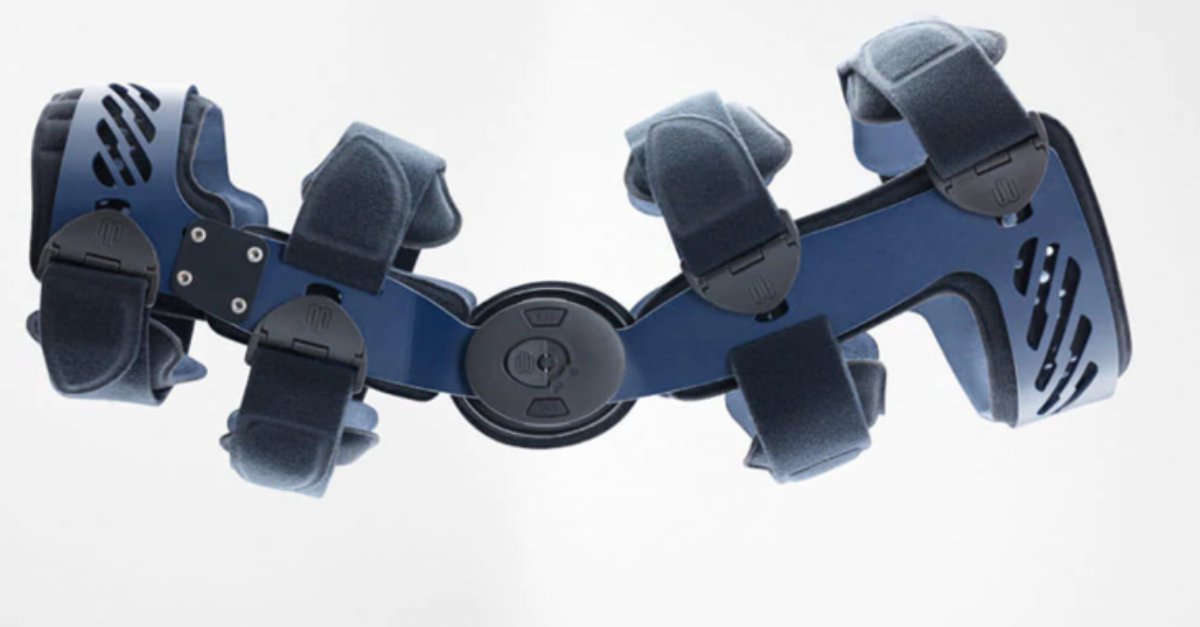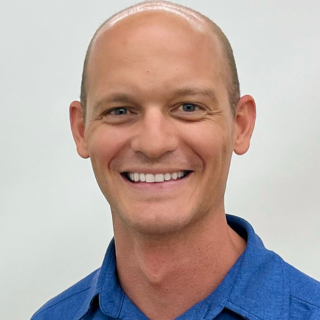Non-surgical bracing treatment for acute ACL rupture
Wednesday, October 25, 2023
Better outcomes with non-surgical Cross Bracing Method treatment for acute ACL rupture?
Sometimes in a Physiotherapy clinic we need to refer our clients to see a local surgeon. Other times, we work with those surgeons to manage rehabilitation. Lately we have been having amazing results with Physiotherapy treatment following the Cross Bracing Protocol, which is a new non-surgical method of managing full ACL rupture, for people that have ruptured their ACL within the last 10 days and don’t have a knee injury that requires immediate surgery. So, what is it? How does it work? What are the benefits?
What is the Cross Bracing Protocol?
The main component of the Cross Bracing Protocol are:
- Range-of-motion brace at 90 degrees flexion secured by a trained Physiotherapist at 0-10 days post injury, worn for the first 4 weeks post-injury at all times
- Between weeks 4-10, range-of-motion brace adjusted at regular specific increments to allow progressive increases in range
- Brace removed at 12 weeks
- Reliance on bodies’ own acute inflammatory response (i.e. paracetamol for pain relief rather than anti-inflammatory medication)
- Injections for first 8 weeks as DVT risk management
- Crutches and other mobility aids used for first 1-8 weeks (at least); weight bearing encouraged at appropriate range
- Weekly Physiotherapist appointments to check and adjust the brace, and progress specific goal-oriented exercise-based rehabilitation while in the brace, and after brace removal until the point of return-to-sport
- Return to sport dependent on patient and clinical factors including functional return-to-sport criteria, and is not recommended until 9-12 months post-injury
To be eligible for the Cross Bracing Protocol, clients need to:
- Come for bracing within 10 days of a full discontinuity of the ACL
- Be functionally independent
- Be capable of managing 3-months of knee immobilisation
- Be screened for deep vein thrombosis
- Be screened for structural concurrent injuries requiring surgical intervention (e.g. avulsion fracture or unstable meniscal tear)

How does the Cross Bracing Protocol work?
Contrary to popular belief, ACL ligament tissue when ruptured goes through the typical phases of healing after injury. The issue has been the distance between the ACL origin to its insertion point, i.e. bridging the gap between the ruptured ACL pieces. The Cross Bracing Method uses the knowledge that the distance to bridge is shortest with the knee at 90-135 degrees of flexion. So, immobilising the knee at 90 degrees of flexion facilitates the ligament healing itself.
The method was developed and tested on 80 individuals in Sydney by Dr Tom Cross between March 2016 and September 2021. It was shown that after management of acute ACL rupture with the bracing protocol, 90% of patients had evidence of ACL healing on an MRI 3-months after injury, showing a continuous ACL.
What are the benefits of non-surgical treatment for ACL rupture?
The method was published in a recent study and showed that more ACL healing on a 3-month MRI was associated with better 12-month and 2-year knee function, quality of life, less passive knee laxity, and a higher return-to-sport rate. This is compared favourably with early ACL reconstruction surgery (55% of non-professional athletes returned to sport after ACL reconstruction), and non-operative rehabilitation with delayed reconstruction an option (53% had MRI evidence of ACL healing at 2-years).
Physio Inq Engadine and Physio Inq Sutherland are proud to be specially trained in the Cross Bracing Protocol for acute ACL rupture. We have been working with our clients, including athletes and dancers, who are training to return to their sports after a ruptured ACL, and wanted to avoid the risks associated with surgical intervention, and to have the best long-term results. Contact us today for advice and treatment.
References:
Healing of acute anterior cruciate ligament rupture on MRI and outcomes following non-surgical management with the Cross Bracing Protocol. Filbay ST, Dowsett M, Chaker Jomaa M, et al. Br J Sports Med: 30 May 2023

